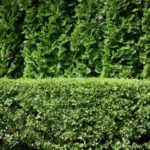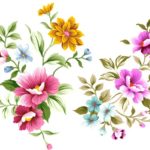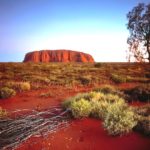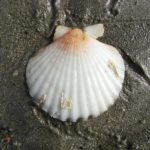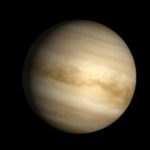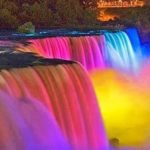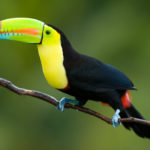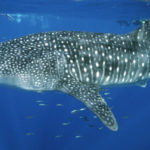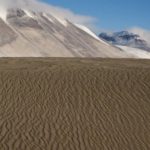Victoria Regia
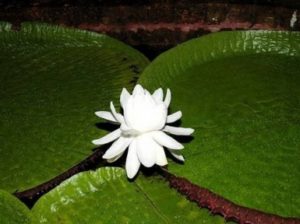 The Victoria-Regia Waterlily is the largest waterlily in the world. The size of its leaves can exceed 2 meters in diameter. The edges of the leaves around the perimeter are bent up to the surface at an angle of 90 degrees, forming a huge saucer.
The Victoria-Regia Waterlily is the largest waterlily in the world. The size of its leaves can exceed 2 meters in diameter. The edges of the leaves around the perimeter are bent up to the surface at an angle of 90 degrees, forming a huge saucer.
The peculiar structure of the leaf with natural drains, ensures their retention on the surface of the water even during heavy rains.
The Victoria Regia leaf is easily able to support two children or one thin adult person weighing up to 50 kg.
The nature of South America is so unique that there is no where on earth such unique places as the valley of the Amazon, the mountain system of the Andes, Lake Titicaca and many others. A great bit of this uniqueness is the flora of these places.
One of these rare plants can rightly be considered a giant Amazon water lily Amazon or Victoria regiu. This amazing aquatic plant has no analogues on our planet. The huge leaves of this water lily are lying on the water, like giant bowls.
At the same time, the leaves of growing water lilies are so tightly moved one to the other, that it is possible to move from one to another without problems as if on a floating bridge.
The locals call Victoria the region “apona”, which means “frying pan for birds”. And indeed the leaves of the Amazon water lily resemble this kitchen equipment. Well, the birds, even very large ones, can move along these leaves as dry.
Thanks to these sizes, Victoria Amazoniya water-lily is listed in the Guinness Book of Records as “the largest flower on earth”. The discoverer of this amazing plant in 1832 was the German naturalist Edward Pelling. And another German botanist Robert Shomburgk, who saw the amazing flowers of this plant in the waters of the Berbys River in 1836, gave her the name Victoria regia “Victoria Regal” in honor of the English Queen Victoria in the same year who came to the throne.
Not only is the Amazonian water lily itself unusual in appearance, nature has endowed it with amazing properties capable of protection from external factors. To prevent rainwater from accumulating in this huge bowl, there are tiny holes in the leaves through which all excess water is removed from the surface of the leaf. In addition, the underside of the leaves is covered with long, sharp thorns, protecting against herbivorous fish and other aquatic inhabitants. Victoria has long threadlike roots intertwining all the space under the leaves and between neighboring plants.
Another very interesting feature of this rare plant. Victoria Amazonian blooms once a year. It blooms only at night. In the evening with the onset of twilight, a bud moves out of the water and spreads its petals. At dawn, the petals of the flower are rolled up and it goes under water. And so it goes on for 3 days. With that, on the first day the flower is absolutely white.
On the second day, he gets a pale pink hue. On the last evening of his life, the flower becomes crimson. After that, he is immersed in water at all. More on the surface of the water, he will not appear.
In some areas of the Amazon can be found even more rare blue flower.
Another incredible property of the Victoria regia flowers is its ability to change its fragrance. The white flower smells of almonds, and the raspberry has a sweet-fruity scent. Scientists explain this fluctuations in acidity in the tissues of the flower in connection with its maturation.
After flowering under water, a rather large fruit is formed, in which there are black seeds. Indians use these seeds for food. It tastes somewhat like popcorn.



